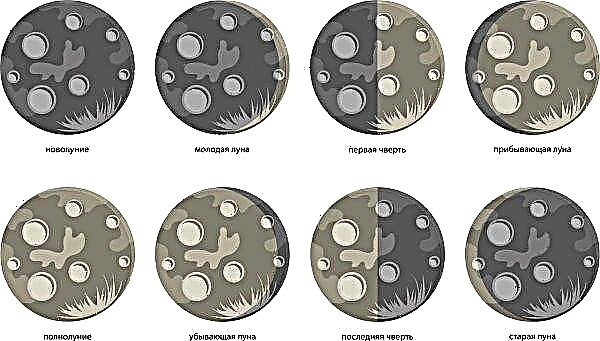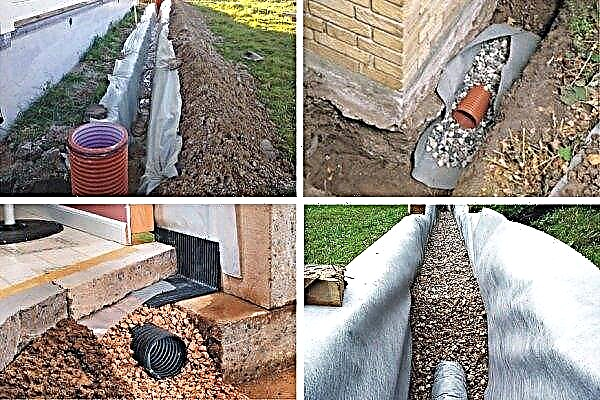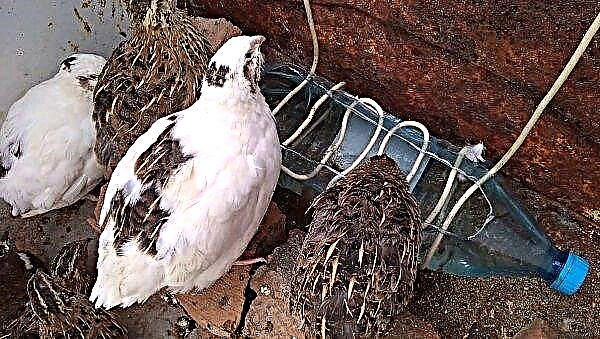Any reservoir, natural or artificial, large or small, emphasizes the beauty of the suburban area. But he, like other objects of personal territory, needs care so as not to turn into a swamp over time. Each owner of the pond in the country should know how to strengthen the shore of the reservoir and protect it from destruction.
Causes of coastal deformation
Even the dirt banks of a river, lake or artificial pond cannot resist the destructive power of water. Over time, the bottom becomes silted, the coastline erodes, and the reservoir itself loses its shape.
The reasons for these phenomena may be:
- instability of soil, especially sandy and sandy loam;
- congestion of the coastal edge with decorative or other structures (sculptures, pumping mechanisms, bridges);
- rising water levels due to heavy rains or snowmelt.

As a result, not only the decorativeness of the reservoir suffers, but nearby crops can also die and deform. In this case, the coastline becomes a dangerous zone for humans.
Dates of shore protection
To avoid negative consequences, shore strengthening should be carried out on time:
- artificial pond - immediately after excavation;
- natural lake or river - as soon as the first alarming signs appeared (the roots of coastal plants are exposed, in some places the soil falls off, decorative elements on the shore are displaced).
Strengthening measures are best carried out from late spring to early fall, when dry weather is stable and there is no prolonged heavy rainfall. Winter is the most inopportune time for work: after the snow has thawed, the fastening materials may shift, so you will need to redo everything.

The main ways to strengthen
Shore protection work should achieve two main goals: to protect the coastline from destruction and give the reservoir a shape. In order for these tasks to be completed, you need to choose the right material and method of strengthening.
The choice of method depends on the following features of the reservoir:
- the slope is steep or gentle;
- soil composition (clay, sand or rocky);
- nature of the damage: the surface of the coast or its underwater part has crumbled;
- climatic features: precipitation frequency, temperature differences;
- the location of the reservoir on the site.
Important! Biological method — environmentally friendly and safe, but also the most long-term, which is associated with the slow development of plants. Therefore, the method is not suitable if you need to quickly strengthen the coastline.
Bank protection methods are divided into two groups:
- technical - the use of special equipment and structures;
- biological - planting of moisture-loving plants with a strong branched root system that strengthens the soil, preventing its erosion (sea buckthorn, black poplar, larch, amorphous, reed, mannik, swamp iris, horsetail).
Gabions
Arrangement of these designs is very popular. Gabion is a metal mesh frame that is filled with stones of various sizes.
Wire structures are different:
Gabion net is successfully masked due to the gray color, therefore it is not visible from the outside of the lake. The design creates a visual impression of a solid rocky shore. If you independently construct a structure of metal wire, then shore protection will cost cheaply.
- Other benefits of gabions:
- reliably protect the coast from erosion and sprinkling;
- serve 50 years and longer;
- universal, as they are suitable for any coastline;
- are environmentally friendly and contribute to the development of the ecosystem - grass grows between the stones and fish spawns;
- have an aesthetic appearance.
The disadvantages include the complexity and complexity of the installation of structures, especially under water.
Piles
This option to strengthen steep slopes is the most reliable and durable. The essence of the method is that along the coastline, iron or reinforced concrete piles are driven into the bottom. Then on the shore along their row it is recommended to dig trenches, and in them to construct a frame from reinforcement. After that, make formwork from the boards and fill with hydraulic concrete. The resulting plot is ennobled with decorative stones.

- The advantages of this method:
- concrete does not deteriorate and does not rot;
- withstands the load of waves and ice;
- Suitable for deep bottom.
- Minuses:
- expensive materials;
- it is necessary to use heavy equipment;
- impossible independent execution.
Did you know? The most popular material for construction is concrete. Worldwide, about 6 billion m³ is produced each year, which is slightly less than 1 m³ per person.
Erosion control nets
This is a very thin and lightweight geomaterial, which has high strength. It looks like a grid with small cells. It is lined on the coastal surface and covered with earth, which is sown with seeds of herbaceous plants. It is convenient to pre-connect the soil with grass seeds and pour out the already prepared mixture. The roots of the grown plants well fix both the grid and the coastal soil. The method is suitable only for gentle slopes.

Coconut Mats
A kind of anti-erosion net is mats, or biomats. A cloth of coconut fiber is made on which grass grows well. The mats are spread on the slope from the bottom up and fixed with reinforcement in order to prevent them from slipping. Before this, the surface of the coast should be leveled and, if necessary, covered with fertile soil, which is covered with a coconut net. Plant seeds can be sown before covering the ground with mats, or after that - in grid cells.
Important! If grass seeds are sown beneath or on top of the net, the coast will need to be regularly watered so that the plants grow and take part in strengthening the coastal soil.
- Advantages:
- lightness, strength and low hygroscopicity;
- protection against shore erosion and soil erosion;
- simplicity of installation work;
- environmental friendliness;
- aesthetic appearance.

PVC sheet piles
Installation of sheet piles made of PVC is a popular method of strengthening steep slopes. Piles are immersed with a vibratory hammer and tightly interconnected with tongues in the panel. As a result, a continuous waterproof wall is built between the shore and the water.
- Advantages of the method:
- durability of PVC and its resistance to mechanical and chemical influences;
- reliable strengthening up to 50 years;
- the possibility of channeling.

Decorative shore protection
If an artificial pond in the country house carries only an aesthetic load, then the strengthening of its slopes should be decorative and harmoniously fit into the landscape. For example, if a pond has summer houses made of wood and slate, the shore is best reinforced with wooden logs (piles). A small lake, decorated with pebbles or other stones, will look great among lushly flowering vegetation.

Natural stone
Very gently sloping shores with a great length fall asleep with stones. Moreover, the angle of their inclination should not exceed 20 °. Stones are recommended to be used together with a bearing base (geomaterial), which strengthens the coastal soil and fixes the stone surface. A geogrid is best suited - a polymer mesh. It needs to be stretched on the ground, and its large cells filled with pebbles or gravel. Without such a foundation, the stones will eventually slide into the water or “drown” in the wet earth after the next rain.
- The advantages of the method:
- material can be collected independently;
- stone laying is easy to do with your own hands;
- strong protection of the coast;
- decorative appearance.

Wooden piles
Wooden logs are universal: they strengthen the coastline and decorate it. This method is suitable for ponds with steep slopes and shallow depths. For this purpose, only hard wood species that are not susceptible to decay and retain their properties for a long time even under water (for example, oak and larch) are suitable. Used logs of the same size and shape. It is desirable that they be treated with special solutions that increase moisture resistance. Piles are driven into the bottom along the coast manually or using special equipment. Sometimes it is necessary to lay a special film between the logs and the shore.

- Advantages:
- reliability and decorativeness;
- environmental friendliness;
- protection against shedding and erosion up to 50 years.
- Disadvantages:
- under the influence of external factors, the tree darkens over time and loses its attractiveness;
- not suitable for mobile and loose soil.
Did you know? Oak, which has been lying under water for hundreds of years, is called moraine and is an expensive raw material. Elite furniture made from its wood is considered exclusive.
The coastal part of each reservoir near which people live needs to be strengthened. From the variety of existing methods of this procedure, you can choose the most suitable for an artificial or natural pond. In addition, most of them are suitable for independent execution.












